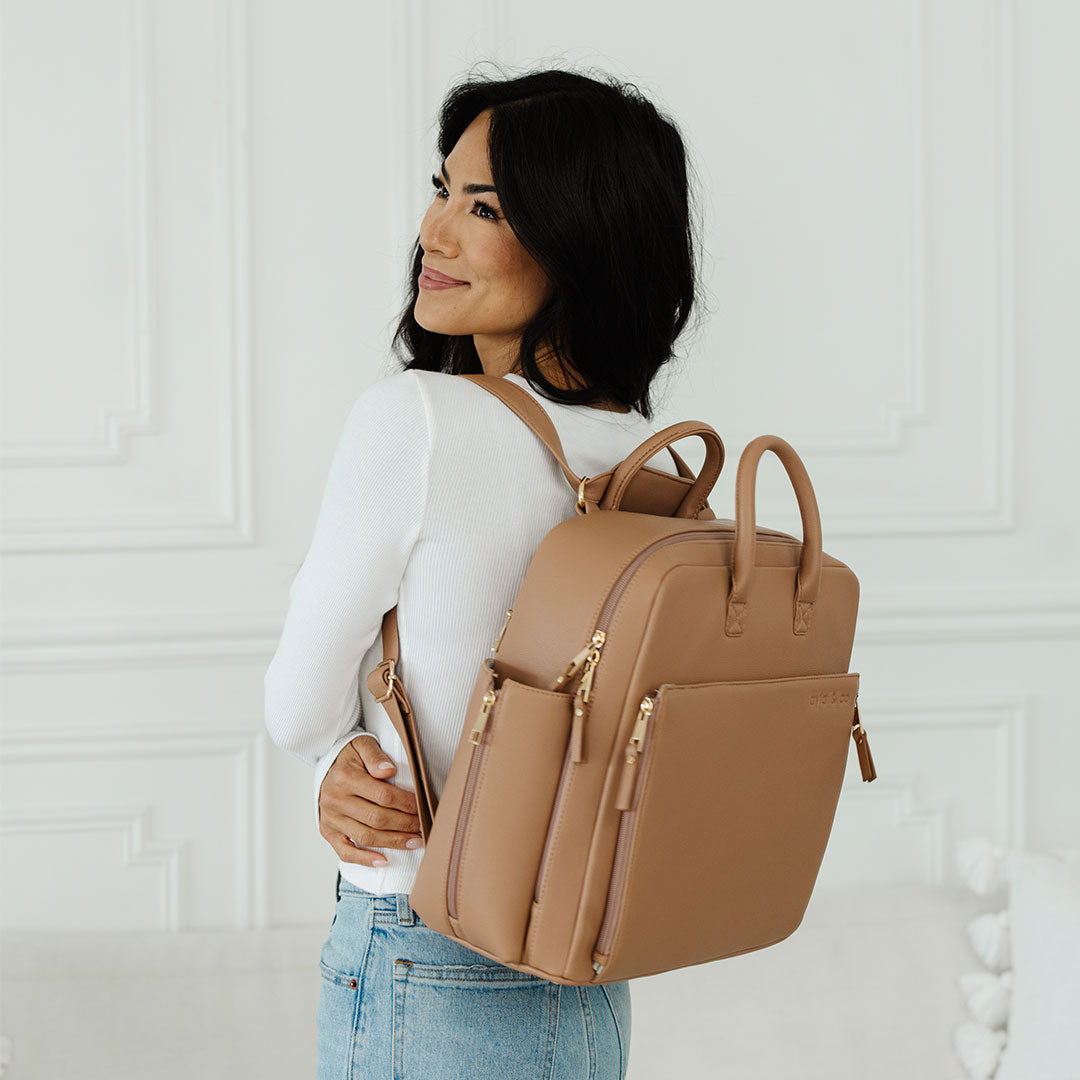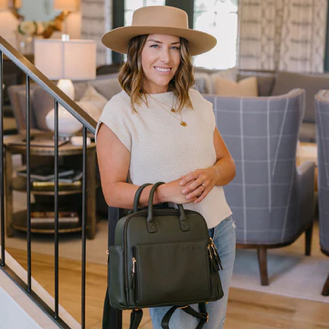
Sun Care for Kids
Sunblock and sunscreen are products you can use to help protect your skin, and your little ones skin, from the sun's UV rays. Did you know that sunscreen and sunblock are two different products, though many use the terms interchangeably? So, what are the differences and what should you be using on yourself and your little ones?
Sunscreen
- Acts as a screen covering the skin and absorbs the UV rays before your skin can
- Usually contains organic chemicals that work to absorb UV rays, convert them to heat, and released from the skin
- Tend to be transparent and do not leave a noticeable residue
- Typically lighter and easier to apply, with a texture similar to lotion or cream
- Generally preferred for ease of use

from: SunBum
Sunblock
- Physically blocks or reflects the sun’s UV rays by forming a barrier
- Contains mineral ingredients: zinc oxide or titanium dioxide - these form a protective barrier on the skin
- Minerals in sunblock can cause a white cast but they offer powerful UV protection
- Often thicker and heavier consistency - they require more effort to spread evenly
- Generally preferred by those with sensitive skin because the mineral-based formula is less irritating
Choose a product that suits your skin type. It’s also important to remember that whether it’s a sunblock or a sunscreen it should offer “broad-spectrum protection” and has appropriate SPF levels.
What is SPF
SPF stands for Sun Protection Factor. Both sunscreen and sunblock offer differing amounts of SPF levels.

from: Tiny Beans
What is Broad Spectrum Protection
Many sunscreen and sunblock products label themselves as “broad-spectrum protection”. This indicates that they protect against UVA and UVB rays, which means they also offer a more comprehensive protection against harmful effects of the sun.
Guidelines to consider for infants 6 months and younger
- Children’s skin, specifically infants, is much more sensitive. Many healthcare professionals recommend waiting until an infant is at least 6 months old before using sunscreen or sunblock
- Instead try the following:
- Sun avoidance: keep your infant out of direct sunlight as much as possible. Because their skin is very sensitive, it is more prone to sunburn and damage from UV rays
- Protective clothing: dress your little one in loose-fitting, lightweight clothing that covers their arms, legs, and neck. Clothing with a tight weave or with UPF can provide added protection
- Shade: find shade, especially during peak sun hours (10 am - 4pm). Use shade-providing structures, to have an area where your infant is protected from the sun
Guidelines to consider for children and infants 6 months+
- Use a sunscreen or sunblock with a broad-spectrum
- Should be at least SPF 30 or higher
- Look for a sunscreen or sunblock specifically formulated for children, these will often be gentler and cause less irritation
- Try a patch test before applying a new sunscreen or sunblock. Place a small amount on a small area of their skin, then watch their skin to ensure they have no irritation or negative reaction
- Sunblocks contain zinc oxide and/or titanium dioxide, which can be much less irritating to children’s skin
- Apply 15-20 minutes before sun exposure
- Reapply every 2 hours, or more frequently if your little one is swimming or sweating
Summertime is supposed to be fun, and filled with lots of outdoor activities. Use your best judgment and protect your children and yourself from the sun! There are a lot of good products out there, do your research and purchase good quality products you feel are safe for your family!









